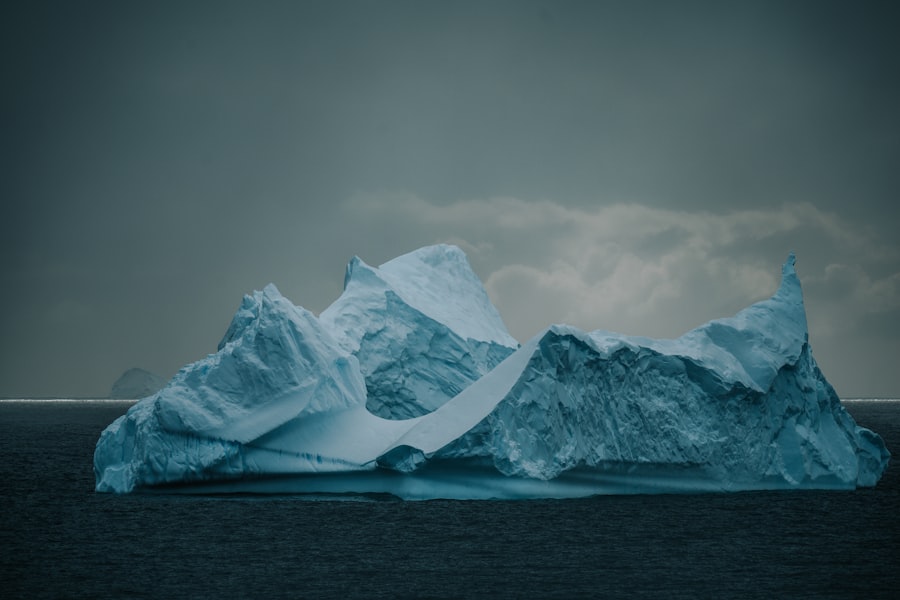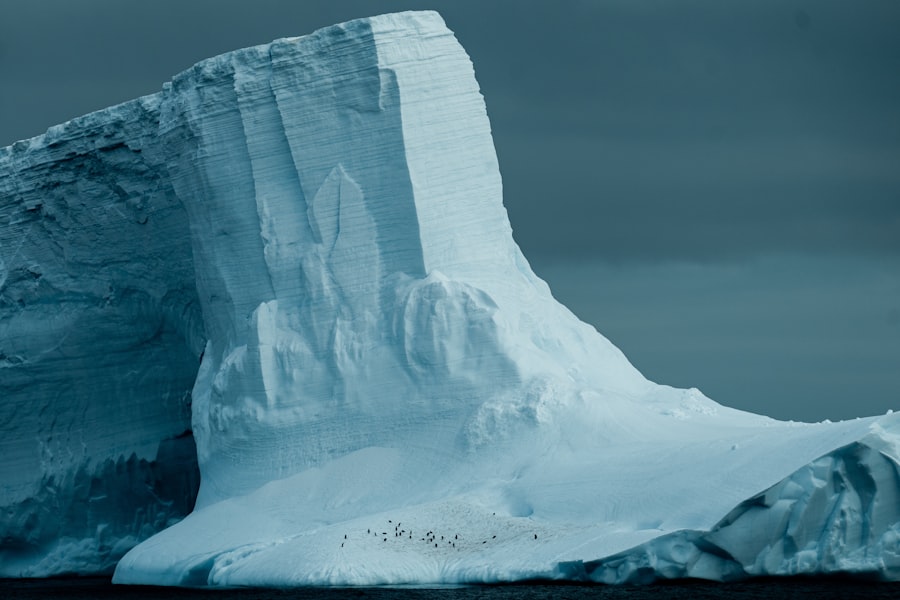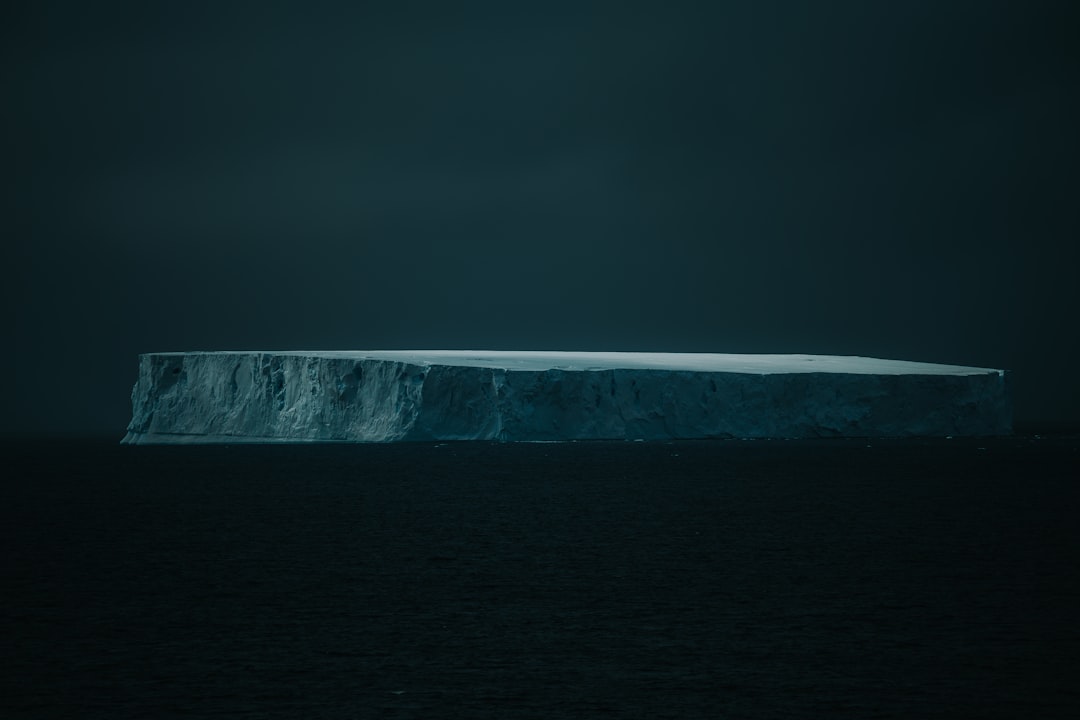The Drake Passage, often regarded as one of the most formidable stretches of water on the planet, serves as the gateway to Antarctica. This body of water separates South America from Antarctica and is notorious for its unpredictable weather and turbulent seas. For many adventurers, crossing the Drake Passage is a rite of passage, a test of endurance that sets the stage for the wonders that lie ahead.
The journey can be tumultuous, with waves that can reach heights of up to 30 feet, but those who brave the crossing often find it to be a transformative experience. The thrill of navigating through such challenging waters fosters a sense of camaraderie among travelers, as they share stories and support one another through the ups and downs of the voyage. Despite its reputation, the Drake Passage also offers moments of breathtaking beauty.
As the ship sails through the waters, travelers are often treated to stunning views of seabirds gliding gracefully above the waves and the occasional sighting of marine life beneath the surface. The anticipation builds as the ship approaches Antarctica, with each passing hour bringing them closer to one of the most remote and pristine environments on Earth. For many, the challenges faced during this crossing only enhance the sense of achievement and excitement that accompanies their arrival in Antarctica.
Key Takeaways
- The Drake Passage can be challenging, but the journey to Antarctica is incredibly rewarding.
- Antarctica offers a once-in-a-lifetime experience with its breathtaking beauty and unique landscapes.
- Wildlife encounters in Antarctica include penguins, seals, and whales, providing unforgettable moments for visitors.
- Exploring Antarctic research stations offers a glimpse into the scientific discoveries and ongoing studies in the region.
- Adventure activities such as kayaking, hiking, and zodiac cruises allow for an immersive experience in the Antarctic wilderness.
The Beauty of Antarctica: A Once-in-a-Lifetime Experience
Antarctica is a land of stark contrasts and unparalleled beauty, characterized by its vast icebergs, towering glaciers, and expansive white landscapes. The sheer scale of this frozen continent is awe-inspiring; it is the fifth-largest continent on Earth, covering an area of about 14 million square kilometers. Visitors often find themselves captivated by the ethereal beauty of the ice formations, which shimmer in shades of blue and white under the sun’s rays.
The landscape is otherworldly, with dramatic mountain ranges and expansive ice shelves that seem to stretch into infinity. The experience of witnessing such pristine wilderness is often described as life-changing.
The silence that envelops Antarctica is profound, broken only by the sounds of cracking ice or the distant calls of wildlife. This serene environment provides a unique opportunity for reflection and connection with nature, making it a truly once-in-a-lifetime experience for those fortunate enough to visit.
Wildlife Encounters: Penguins, Seals, and Whales

One of the most enchanting aspects of an Antarctic expedition is the opportunity to encounter its diverse wildlife. The continent is home to several species of penguins, including the iconic Emperor and Adélie penguins. Observing these charming creatures in their natural habitat is a highlight for many visitors.
Penguins can often be seen waddling across the ice or diving into frigid waters in search of food. Their playful antics and social behaviors provide endless entertainment, making them a favorite among wildlife enthusiasts. In addition to penguins, Antarctica boasts a rich array of marine life, including seals and whales.
Elephant seals and leopard seals can often be spotted lounging on ice floes or basking on beaches, while orcas and humpback whales grace the surrounding waters during certain seasons. The thrill of witnessing these magnificent creatures in their natural environment is an unforgettable experience that leaves a lasting impression on travelers. Each encounter serves as a reminder of the delicate balance of life in this remote ecosystem and highlights the importance of conservation efforts to protect these incredible species.
Exploring Antarctic Research Stations: A Glimpse into Scientific Discoveries
| Research Station | Location | Year Established | Annual Visitors |
|---|---|---|---|
| McMurdo Station | Ross Island, Antarctica | 1956 | 1,000+ |
| Amundsen-Scott South Pole Station | South Pole, Antarctica | 1956 | 150-200 |
| Palmer Station | Anvers Island, Antarctica | 1965 | 300-400 |
Antarctica is not only a destination for adventure seekers but also a hub for scientific research. Numerous research stations operated by various countries dot the landscape, providing valuable insights into climate change, glaciology, and marine biology. Visiting these stations offers travelers a unique glimpse into the world of scientific discovery and collaboration.
Researchers work tirelessly in this harsh environment to gather data that can help inform global policies on climate change and environmental protection. At these research stations, visitors can engage with scientists who share their findings and experiences living in such an extreme environment. The opportunity to learn about ongoing research projects and witness firsthand the challenges faced by those studying in Antarctica adds depth to the journey.
It fosters an appreciation for the importance of scientific inquiry in understanding our planet’s changing climate and emphasizes the need for continued exploration and preservation of this fragile ecosystem.
Adventure Activities: Kayaking, Hiking, and Zodiac Cruises
For those seeking an adrenaline rush, Antarctica offers a plethora of adventure activities that allow travelers to immerse themselves in its stunning landscapes. Kayaking among icebergs provides a unique perspective on the continent’s beauty while allowing participants to navigate through narrow channels and explore hidden coves. Paddling through crystal-clear waters surrounded by towering glaciers creates an intimate connection with nature that few experiences can match.
Hiking on Antarctic terrain presents another thrilling opportunity for exploration. Guided hikes lead adventurers across rugged landscapes, offering breathtaking views from elevated vantage points. Each step reveals new wonders, from unique rock formations to vibrant lichens that cling to life in this harsh environment.
Additionally, Zodiac cruises provide an exhilarating way to explore remote areas inaccessible by larger vessels. These small inflatable boats allow travelers to get up close to icebergs, glaciers, and wildlife, creating unforgettable memories that will last a lifetime.
The History of Antarctic Exploration: From Shackleton to Modern-Day Expeditions

The history of Antarctic exploration is rich with tales of bravery, endurance, and discovery. From early explorers like Ernest Shackleton to modern-day adventurers, each expedition has contributed to our understanding of this remote continent. Shackleton’s legendary journey aboard the Endurance in 1914-1916 remains one of the most remarkable stories of survival in history.
His crew faced insurmountable odds after their ship became trapped in ice, yet their resilience and determination have become emblematic of human spirit in the face of adversity. Today’s expeditions build upon the legacy of these early explorers while incorporating advanced technology and scientific research methods. Modern adventurers are equipped with better gear and knowledge about safety protocols, allowing them to explore Antarctica more responsibly than ever before.
However, the spirit of exploration remains unchanged; each journey continues to inspire awe and curiosity about this enigmatic continent.
Climate and Weather: Navigating the Elements in the Southern Ocean
Antarctica’s climate is characterized by extreme conditions that can change rapidly, presenting unique challenges for travelers. The continent experiences long periods of daylight during summer months, with temperatures ranging from mild near coastal areas to frigid conditions inland. However, even during summer, weather patterns can be unpredictable; sudden storms can arise without warning, making it essential for adventurers to be prepared for any situation.
Navigating these elements requires careful planning and adaptability. Travelers are advised to dress in layers, ensuring they can adjust to fluctuating temperatures while remaining comfortable during excursions. Understanding weather patterns not only enhances safety but also enriches the overall experience; witnessing dramatic shifts in weather can add an element of excitement to an already extraordinary journey.
The Importance of Conservation: Protecting the Fragile Antarctic Ecosystem
As one of the last untouched wildernesses on Earth, Antarctica’s fragile ecosystem faces numerous threats from climate change and human activity. Conservation efforts are crucial in preserving this unique environment for future generations. International treaties such as the Antarctic Treaty System aim to protect the continent from exploitation while promoting scientific research and cooperation among nations.
Travelers play a vital role in conservation efforts by adhering to guidelines set forth by tour operators and environmental organizations. Responsible tourism practices help minimize human impact on delicate ecosystems while fostering awareness about environmental issues facing Antarctica today. By prioritizing conservation during their journeys, adventurers contribute to ongoing efforts aimed at safeguarding this pristine wilderness.
Cultural Immersion: Meeting the Indigenous People of Antarctica
While Antarctica is largely uninhabited by humans, it does have a rich cultural history tied to its indigenous peoples—primarily those who have lived on nearby islands or along coastal regions. Engaging with local communities provides travelers with insights into traditional ways of life that have persisted for generations despite harsh conditions. Visitors may have opportunities to learn about indigenous cultures through storytelling sessions or workshops led by local guides who share their knowledge about sustainable practices and cultural heritage.
These interactions foster mutual respect between travelers and indigenous peoples while highlighting the importance of preserving cultural identities amidst changing environments.
Cuisine and Dining: Enjoying Local Flavors in the Remote Wilderness
Dining in Antarctica offers a unique culinary experience that reflects both local flavors and international influences brought by researchers and expedition teams from around the world. While fresh produce may be limited due to logistical challenges associated with transporting food supplies across vast distances, chefs often create innovative dishes using preserved ingredients combined with fresh catches from surrounding waters. Meals aboard expedition vessels typically feature hearty fare designed to nourish adventurers after long days spent exploring rugged terrain or braving chilly winds outside.
Dining becomes an opportunity for camaraderie as travelers gather around tables sharing stories over delicious meals prepared with care—a reminder that even in remote wilderness settings, food has a way of bringing people together.
Tips for Planning Your Antarctic Cruise: What to Pack and Expect on Your Journey
Planning an Antarctic cruise requires careful consideration to ensure a smooth journey filled with unforgettable experiences.
Understanding itineraries will help set expectations regarding activities available during excursions while allowing individuals to tailor their adventures based on personal interests.
Packing appropriately is crucial when preparing for an Antarctic expedition; layering clothing designed for cold weather is essential for comfort during outdoor activities. Waterproof gear such as boots and jackets will protect against moisture while ensuring warmth throughout excursions on land or at sea. Additionally, bringing binoculars for wildlife viewing enhances opportunities for spotting elusive creatures against stunning backdrops.
In conclusion, embarking on an Antarctic adventure offers travelers an unparalleled opportunity to explore one of Earth’s last frontiers—a place where nature reigns supreme amidst breathtaking landscapes teeming with wildlife waiting to be discovered. From navigating treacherous waters across the Drake Passage to immersing oneself in rich cultural histories tied closely with indigenous peoples living nearby—every moment spent in this extraordinary region leaves lasting impressions that resonate long after returning home.
Embarking on an Antarctica cruise through the Drake Passage is a thrilling adventure that offers breathtaking views and unique wildlife encounters. For those interested in learning more about the journey and what to expect, a related article on MyGeoQuest provides valuable insights and tips for travelers. You can read more about the experience by visiting this link. This resource offers a comprehensive guide to navigating the Drake Passage and making the most of your Antarctic expedition.
WATCH HERE: Drake Passage: Earth’s Deadliest Waters Revealed
FAQs
What is the best time to take an Antarctica cruise through the Drake Passage?
The best time to take an Antarctica cruise through the Drake Passage is during the austral summer, which runs from November to March. This is when the weather is milder and wildlife is most active.
What should I pack for an Antarctica cruise through the Drake Passage?
It is important to pack warm, waterproof clothing, including insulated jackets, gloves, hats, and sturdy, waterproof boots. Additionally, it is recommended to bring sunscreen, sunglasses, and binoculars for wildlife viewing.
What wildlife can I expect to see on an Antarctica cruise through the Drake Passage?
During an Antarctica cruise through the Drake Passage, passengers can expect to see a variety of wildlife, including penguins, seals, whales, and a variety of seabirds such as albatrosses and petrels.
What are the accommodations like on an Antarctica cruise through the Drake Passage?
Accommodations on Antarctica cruises through the Drake Passage vary depending on the cruise line and vessel. However, most ships offer comfortable cabins with private bathrooms, as well as common areas for dining and relaxation.
Are there any health or safety concerns to be aware of when taking an Antarctica cruise through the Drake Passage?
Due to the remote and challenging nature of the Antarctic environment, it is important for passengers to be in good health and physically fit for the journey. Additionally, it is recommended to consult with a healthcare professional before traveling to ensure that all necessary vaccinations and medications are up to date.
